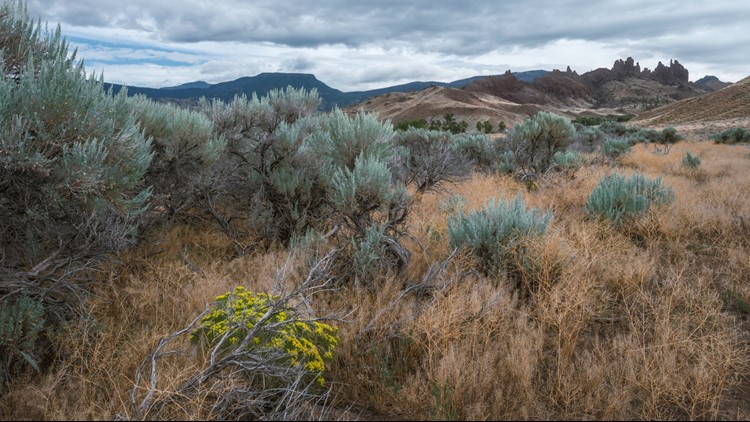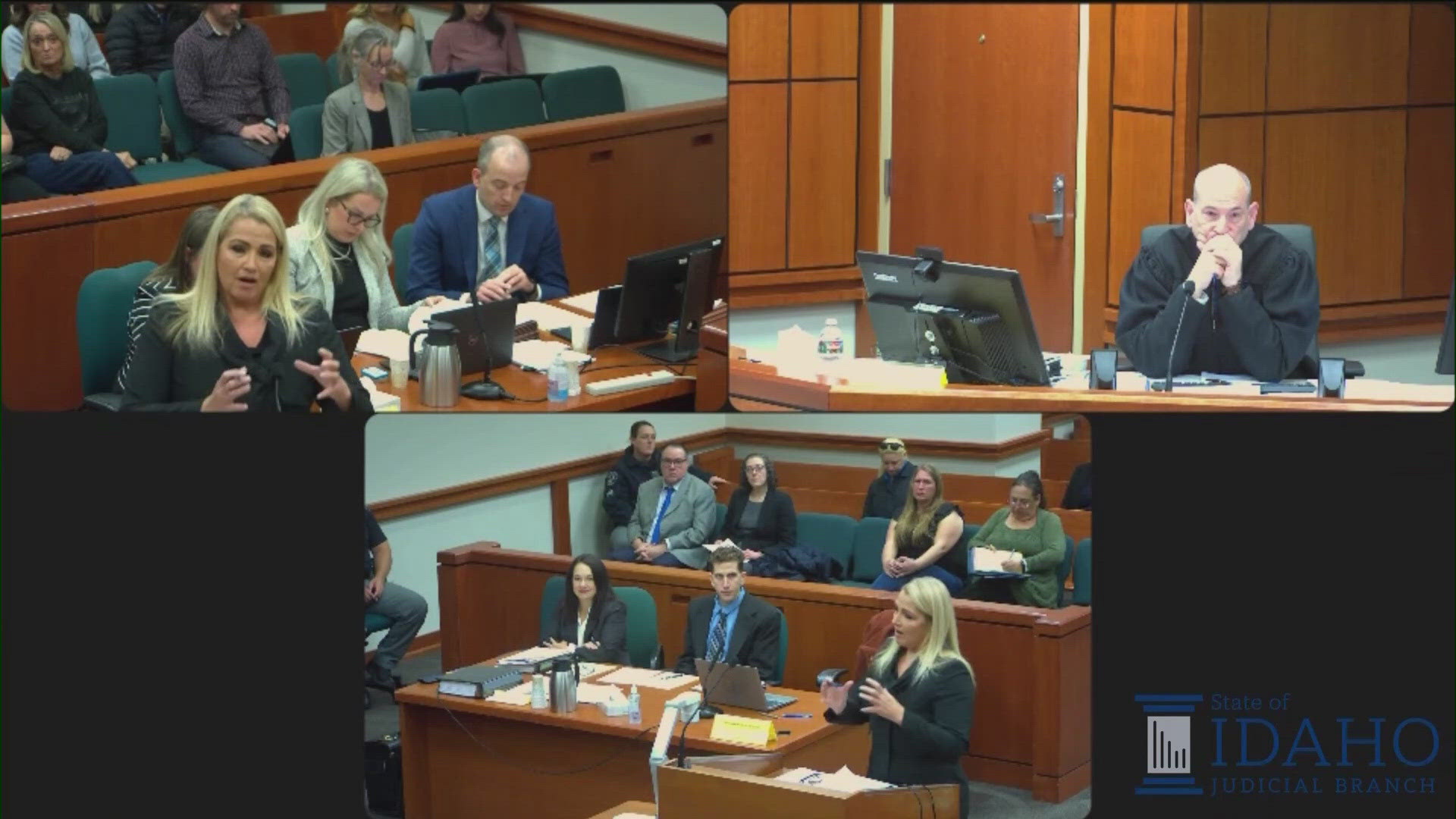BOISE, Idaho — An administrative law judge has rejected a plan for public land grazing allotments that would have destroyed re-emerging sagebrush in south-central Idaho in favor of non-native plants to increase forage for cattle and sheep.
The ruling directs the U.S. Bureau of Land Management to set aside its final grazing decisions for about 80 square miles of allotments in Twin Falls County and then reissue them with terms consistent with the ruling.
The plan that "provides for vegetation treatments intended to reduce or destroy native sagebrush and other native plant communities lacks a rational basis," U.S. Interior Department Administrative Law Judge Andrew S. Pearlstein wrote in the May 9 order.
WildLands Defense and Prairie Falcon Audubon in 2017 appealed the Bureau of Land Management's decision involving 18 permittees on 21 allotments that would have destroyed native plants on what are called the Berger Allotments.
"BLM is supposed to look for opportunities to restore sagebrush habitat," said Katie Fite of WildLands Defense. "This was the dead opposite of that. This was purging sagebrush."
A federal report last year concluded efforts to save sagebrush habitat in the West were failing, with invasive plants such as cheatgrass and medusahead on nearly 160,000 square miles of public and private lands.
Federal officials in April released a plan intended to reverse that trend using new technologies and analytics to aid in restoring sagebrush habitats that support cattle ranching, recreation and 350 wildlife species, including imperiled sage grouse.
Efforts to restore sagebrush habitats can run into the millions of dollars from a single wildfire.
The BLM's decision on the southern Idaho grazing allotments would have used large machines to kill sagebrush and other native plants where ranchers favor non-native forage plants such as crested wheatgrass.
"It's like we're back in the 1950s," Fite said.
The BLM can appeal the judge's ruling to the Interior Board of Land Appeals. BLM officials said Friday they were reviewing the order.
Pearlstein noted that besides sagebrush, the allotments are seeing a return of native grasses that include bluebunch wheatgrass, Thurber's needlegrass, needle-and-thread grass, Sandburg bluegrass and Davis peppergrass, listed as a rare or special species by the BLM.
Invasive grasses on the allotments include primarily cheatgrass, as well as invasive forbs and shrubs.
Pearlstein also noted the presence of wildlife dependent on native plants, including pronghorn, mule deer, and smaller mammals and many types of birds, including sage grouse. He said sage grouse are rarely seen in the allotments, but there are four occupied sage grouse leks, or breeding grounds, within about 2 miles of the allotments.
Specifically, Pearlstein noted, the BLM classifies the allotments as "seedings," meaning the agency can plant crested wheatgrass "without consideration of the vitality of diverse native vegetation." But Pearlstein said killing native plants in favor of non-native crested wheatgrass couldn't be justified.
Fite said the ruling prohibiting the destruction of native plants on the grazing allotments is one of the first such rulings she's seen.
"This is a pretty exceptional decision," she said.



